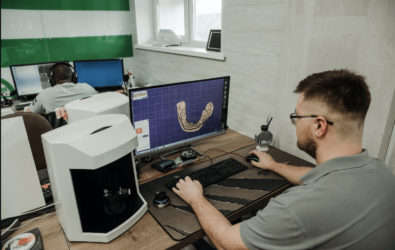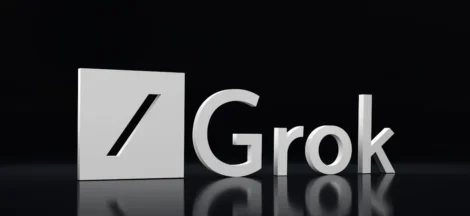3D printing has emerged as a transformative technology with a wide range of applications across industries. From creating prototypes to crafting intricate artistic designs, 3D printing’s versatility knows no bounds. However, in this dynamic world of additive manufacturing, the critical role of software often goes unnoticed. Yet, software is the unsung hero that bridges the gap between digital design and physical objects. In this article, we will explore the paramount importance of software in 3D printing.
- Design and Modeling
The 3D printing process begins with a digital 3D model. Design software, like Autodesk Fusion 360, Tinkercad, or Blender, allows users to create and modify these 3D models with precision. These tools are essential for artists, engineers, architects, and anyone else looking to bring their ideas to life in a digital space.
- Slicing Software
Once a 3D model is ready, it needs to be converted into a format that the 3D printer can understand. This is where slicing software comes into play. Slicing software, such as Ultimaker Cura, PrusaSlicer, or AnkerMake Slicer, processes the 3D model into thin horizontal layers (slices) and generates the G-code instructions necessary for the printer to create each layer.
- Precision and Accuracy
The accuracy and precision of the final 3D print heavily depend on the slicing software. It determines layer thickness, infill density, and support structures. Choosing the right settings in the slicing software can result in a flawless print, while incorrect configurations can lead to defects or failed prints.
- Customization and Optimization
Advanced slicing software offers a plethora of customization options. Users can adjust print speed, layer height, temperature, and infill patterns to achieve specific results. This level of control is invaluable for users with diverse needs, from hobbyists to industrial manufacturers.
- Support Structures
Slicing software is also responsible for generating support structures that prevent overhangs from collapsing during printing. These supports can be tailored to the object’s geometry, ensuring they are only present where needed. Effective support generation is a complex task handled seamlessly by slicing software.
- File Preparation
Software prepares the 3D model for printing by converting it into the appropriate file format (usually STL). It checks for any issues in the model, such as gaps or non-manifold geometry, and repairs them to ensure a smooth printing process.
- Printer Compatibility
Different 3D printers require different file formats and instructions. Slicing software acts as the intermediary, ensuring that the G-code generated is compatible with the specific printer’s hardware and capabilities.
- Print Monitoring and Control
Some advanced software offers like the AnkerMake Slicer real-time print monitoring, allowing users to keep an eye on the progress remotely. This feature is invaluable for troubleshooting issues, making adjustments on the fly, and ensuring a successful print.
- Updates and Community Support
The software is not static; it evolves with the 3D printing community’s needs. Regular updates bring new features, bug fixes, and improved performance. Online communities and forums provide invaluable support and guidance, making it easier for users to navigate the complexities of 3D printing software.
Conclusion
While 3D printers may steal the spotlight in the world of additive manufacturing, it’s the 3d printing software that orchestrates the entire process. From design and modeling to slicing, customization, and control, software is the linchpin that transforms digital concepts into physical objects. As 3D printing continues to revolutionize industries and empower creators, the critical importance of software cannot be overstated. To embark on successful 3D printing endeavors, it’s essential to choose the right software, understand its capabilities, and harness its potential to bring your ideas to life with precision and finesse.





 A Glimpse into the Life of a Massage Therapist
A Glimpse into the Life of a Massage Therapist